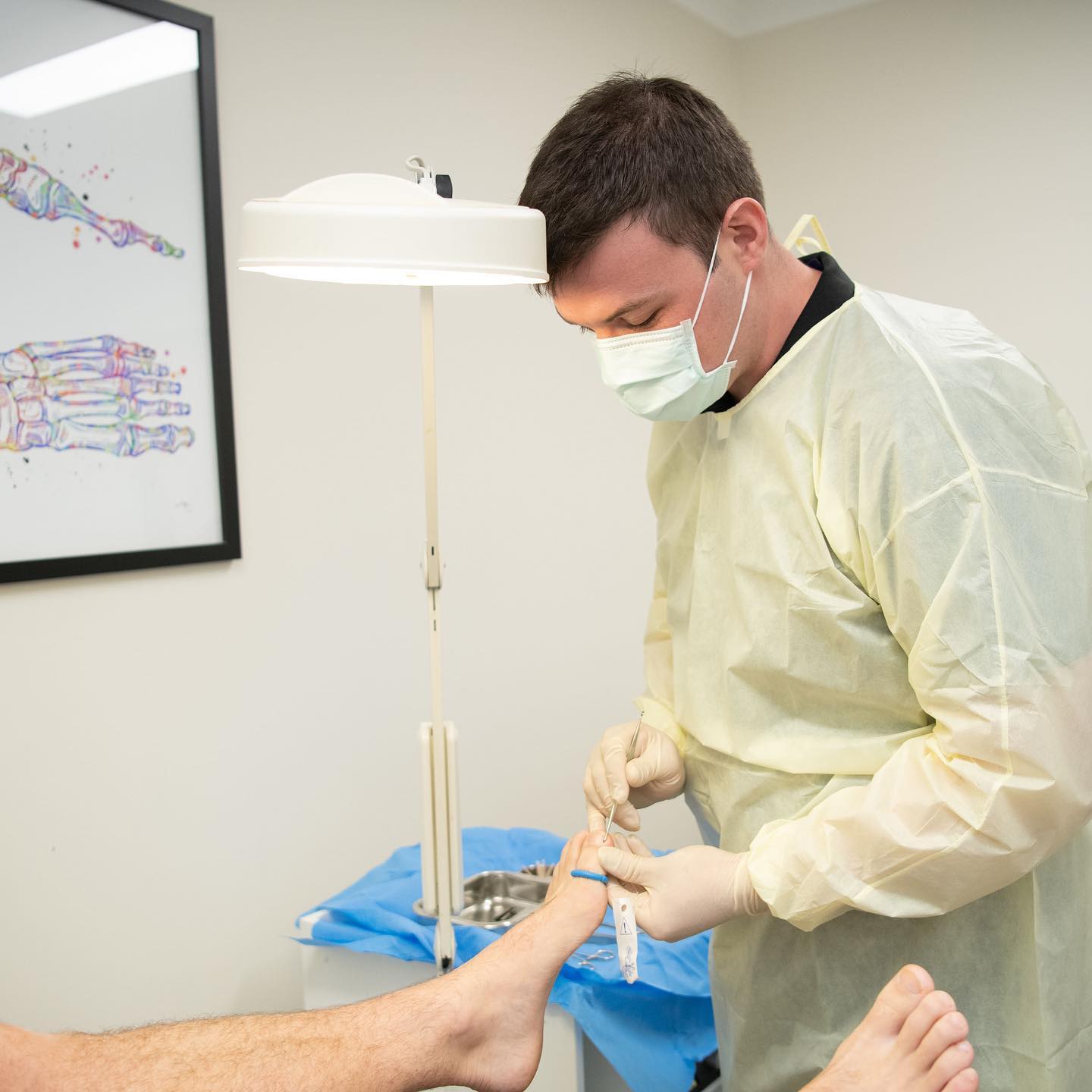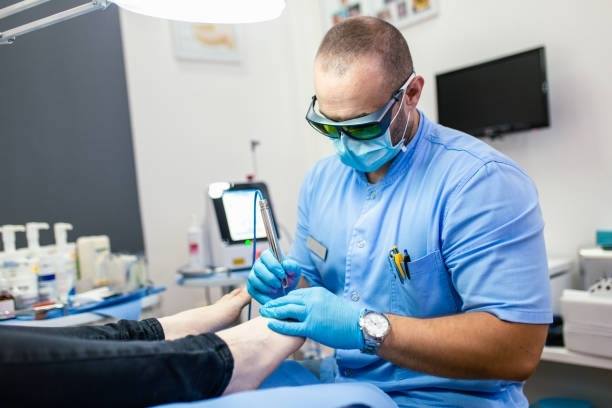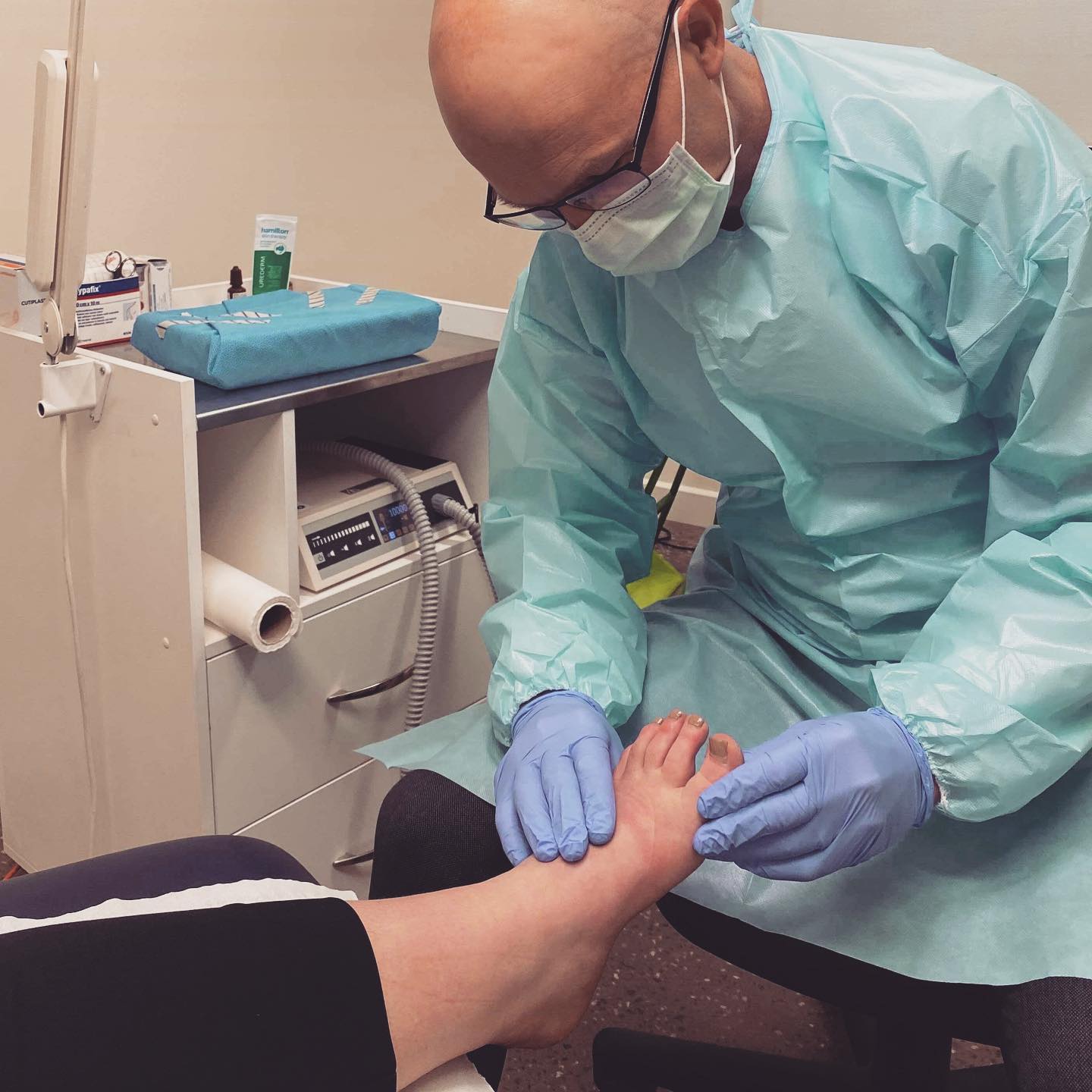From Injury to Recovery: The Role of Stem Cell For Foot Treatment
Foot injuries can limit your mobility and affect your quality of life. They range from minor sprains to severe fractures and often require extensive care. Traditional treatments like physical therapy, medications, and surgeries are common, but they come with limitations. They might not fully heal the injury, take a long time, or lead to complications.
Enter stem cell therapy. This innovative treatment is changing the game for foot injuries. By harnessing the body’s natural healing power, stem cell therapy offers a promising alternative to conventional methods. This blog explores how stem cells play a crucial role in foot treatment, offering hope and faster recovery for those in need.
What are Stem Cells?
Definition of Stem Cells
Stem cells are the body’s raw materials, capable of developing into many different cell types. They serve as a repair system, replenishing adult tissues. Unlike other cells, which have specific roles, stem cells can divide and create new cells that can either remain stem cells or become specialized cells.
Types of Stem Cells
There are two main types of stem cells:
- Embryonic Stem Cells: These stem cells are derived from embryos and can develop into any cell type in the body.
- Adult Stem Cells: Found in various tissues, these stem cells have a more limited ability to develop into different cells.
In foot treatment, adult stem cells, especially mesenchymal stem cells (MSCs) from bone marrow or fat, are usually used.
Characteristics of Stem Cells
Stem cells are unique because they:
- Self-renew: They can divide and create identical copies of themselves.
- Differentiate: They have the potential to develop into various cell types.
- Migrate: They can move to the site of injury or disease.
These characteristics make them ideal for treating injuries, including those in the foot.
Importance of Stem Cells in Foot Treatment
Stem cells are essential in foot treatment due to their regenerative capabilities. They can repair damaged tissues, reduce inflammation, and accelerate the healing process. This makes them a powerful tool in treating foot injuries effectively.

Stem Cell Therapy For Foot Treatment
How Can Stem Cells Help Foot Injuries?
- Regeneration of Damaged Tissues: Stem cells can differentiate into the required cell types to repair damaged tissues. For instance, in cases of torn ligaments, stem cells have the ability to transform into ligament cells, promoting faster and more efficient healing while minimizing the risk of chronic pain and complications.
- Reduction of Inflammation: Inflammation is a common issue in foot injuries. Stem cells release anti-inflammatory cytokines, which help reduce swelling and pain, facilitating quicker recovery and less discomfort for individuals suffering from various foot ailments.
- Acceleration of Healing Process: By promoting tissue regeneration and reducing inflammation, stem cells significantly speed up the body’s natural healing process. Patients often experience faster recovery times compared to traditional treatments.
- Pain Relief: Chronic pain is a frequent side effect of foot injuries. Stem cells help alleviate pain by repairing damaged tissues and releasing pain-relieving substances. This offers patients a non-invasive alternative to pain medications.
- Improvement of Foot Function: Stem cell therapy not only heals injured tissues but also enhances overall foot function. Many patients report improved mobility and increased strength in the affected foot following treatment, leading to a significant enhancement in their quality of life.
Examples of Foot Injuries Treated with Stem Cells
Stem cell therapy has shown promising results in treating various foot injuries, such as:
- Plantar fasciitis
- Achilles tendinitis
- Ligament sprains
- Arthritis
- Fractures
These examples highlight the versatility and effectiveness of stem cell therapy in foot treatment.
The Stem Cell Therapy Process
The process of stem cell therapy for foot injuries involves several key steps to ensure optimal results.
- Patient Evaluation: Before initiating stem cell therapy, a thorough evaluation is performed. This includes a comprehensive medical history review, physical examination, and diagnostic imaging, such as X-rays or MRIs, to assess the extent of the injury. This evaluation helps determine if the patient is a suitable candidate for the therapy and identifies the most effective treatment plan.
- Harvesting Stem Cells: Once approved for treatment, the next step is harvesting stem cells. This is typically done through a minimally invasive procedure. Depending on the source, stem cells may be collected from either bone marrow or adipose (fat) tissue. The area is local anaesthetized for patient comfort, and a small amount of tissue is extracted, which is then processed to isolate the stem cells.
- Stem Cell Injection: After isolating the stem cells, they are prepared for injection. The clinician injects the concentrated stem cells directly into the affected area of the foot, targeting the damaged tissues. This precise delivery maximizes the therapeutic effects and promotes healing.
- Post-Procedure Care: Following the injection, patients receive specific aftercare instructions to ensure a smooth recovery. This often includes rest, limiting activity, and applying ice to reduce any potential swelling. Follow-up appointments may also be scheduled to monitor progress.
Expected Recovery Time
Recovery times vary based on the severity of the injury and individual responses to treatment. However, many patients report significant improvements within weeks, with full recovery potentially taking several months. This time frame is generally faster compared to traditional recovery methods, allowing patients to return to their normal activities sooner.

Stem Cell Foot Care
Benefits of Stem Cell Therapy in Foot Treatment
Stem cell therapy offers numerous benefits for patients suffering from foot injuries, making it a revolutionary option in regenerative medicine.
- Non-Invasive Procedure: Stem cell therapy is a minimally invasive option that involves fewer risks compared to traditional surgical interventions. The procedure typically requires only local anesthesia and does not necessitate large incisions, promoting a faster recovery and less trauma to the surrounding tissues.
- Low Risk of Complications: Due to its non-invasive nature and reliance on the body’s own cells, stem cell therapy generally carries a lower risk of complications. Patients experience fewer side effects and a reduced chance of infection, making it a safer alternative for those with foot injuries.
- Long-Lasting Results: One of the significant advantages of stem cell therapy is the potential for long-lasting results. The regenerative properties of stem cells can lead to sustained healing and the restoration of functionality, reducing the need for repetitive treatments in the future.
- Improved Quality of Life: By effectively addressing pain, inflammation, and mobility issues, stem cell therapy can significantly enhance a patient’s quality of life. Many individuals report increased activity levels and a return to their daily routines with reduced discomfort, fostering a sense of normalcy and well-being.
- Cost-Effective Treatment: While stem cell therapy may sometimes have an upfront cost, it often proves to be cost-effective in the long run. By potentially eliminating the need for extensive surgical procedures, prolonged rehabilitation, and ongoing pain management, patients can save on healthcare expenses over time.
The Role of Flagstaff Foot and Ankle in Stem Cell Therapy
- Specialized Expertise in Foot and Ankle Treatment: At Flagstaff Foot and Ankle, our team is composed of skilled specialists with extensive training and experience in treating foot and ankle conditions. This expertise enables us to provide tailored stem cell therapy solutions that meet the unique needs of each patient, ensuring optimal outcomes and enhanced recovery.
- State-of-the-Art Technology for Stem Cell Therapy: We employ the latest advancements in technology and techniques for stem cell therapy at Flagstaff Foot and Ankle. Our state-of-the-art facilities are equipped with the necessary tools to harvest, process, and inject stem cells effectively, maximizing their regenerative potential while ensuring patient safety throughout the procedure.
- Personalized Treatment Plans for Each Patient: Recognizing that each patient’s condition is distinct, we are committed to developing individualized treatment plans that take into account the specific injury, general health, and lifestyle requirements. This personalized approach allows us to address not only the physical aspects of the injury but also the patient’s personal goals and expectations for recovery.
- Follow-Up Care and Monitoring: Post-treatment care is vital for a successful recovery process. Flagstaff Foot and Ankle provides comprehensive follow-up care, including regular monitoring and evaluations to track progress. Our team is dedicated to ensuring that each patient receives ongoing support and adjustments to their treatment plan as needed, facilitating the best possible recovery experience.
Who is a Good Candidate for Stem Cell Therapy?
- Types of Foot Injuries Treated with Stem Cells: Stem cell therapy is particularly effective for various types of foot injuries, including chronic tendinitis, ligament injuries, osteoarthritis, and plantar fasciitis. Patients suffering from these conditions often find relief and improved mobility through targeted regenerative treatments.
- Age Requirements: While there is no strict age limit for candidates, younger patients generally respond better to stem cell therapy due to their body’s innate healing capabilities. Typically, individuals aged 18 and older are considered, though specific recommendations may vary based on the injury and overall health status.
- Health Conditions: Ideal candidates for stem cell therapy should be in overall good health and free from certain contraindications, such as active infections, malignancies, or severe systemic diseases. A thorough health evaluation helps determine the appropriateness of the procedure, ensuring a higher likelihood of successful outcomes.
- Other Factors: Additional considerations include the severity and duration of the injury, prior treatments undertaken, and the individual’s lifestyle and activity level. Patients who have not found sufficient relief from conservative treatments or who seek a non-invasive alternative to surgery may be particularly well-suited for stem cell therapies.
Are There Any Side Effects of Stem Cell Therapy?
- Common Side Effects: While stem cell therapy is considered safe, patients may experience some common side effects. These can include mild pain or discomfort at the injection site, swelling, and temporary bruising. Most of these side effects are generally mild and resolve within a few days, as the body adjusts to the treatment.
- Rare Side Effects: In rare cases, more serious side effects may occur, such as infection, nerve injury, or adverse reactions to the anesthesia used during the procedure. These complications are uncommon, particularly when guidelines and protocols are strictly followed.
- How to Minimize Side Effects: To mitigate the risk of side effects, patients are encouraged to follow pre- and post-procedure instructions carefully. This includes maintaining good hygiene, following recommended activity limits, and attending all follow-up appointments for monitoring. Additionally, discussing any concerns or pre-existing conditions with the healthcare provider can help in tailoring a safer treatment plan.
- Importance of Choosing a Qualified Provider: Selecting a qualified and experienced provider is crucial in ensuring a safe and effective stem cell therapy experience. A reputable clinic, such as Flagstaff Foot and Ankle, employs trained professionals who adhere to best practices, utilize state-of-the-art technology, and offer personalized care tailored to each patient’s specific needs. This diligence significantly reduces the risk of complications and enhances overall treatment outcomes.

Stem Cell Foot Treatment
Frequently Asked Questions About Stem Cell Therapy in Foot Treatment
- How Long Does the Procedure Take?: The stem cell therapy procedure at Flagstaff Foot and Ankle typically takes between one to two hours, depending on the complexity of the treatment and the specific needs of the patient. This includes preparation time, the procedure itself, and initial recovery observation.
- Does the Procedure Hurt?: Most patients report only mild discomfort during the stem cell injection process, which can often be managed with local anesthesia. After the procedure, some patients may experience temporary soreness or tenderness at the injection site, but this usually subsides within a few days.
- How Long Does Recovery Take?: Recovery times can vary based on the individual and the specific condition being treated. Many patients start to notice improvements within a few weeks, but full recovery may take several months, particularly for more severe injuries. Our team will provide a tailored recovery timeline during the consultation.
- Will Insurance Cover the Procedure?: Coverage for stem cell therapy can vary widely among insurance providers and plans. It is advisable for patients to contact their insurance company directly to inquire about coverage details and whether pre-authorization is necessary. Flagstaff Foot and Ankle staff can also assist with any necessary documentation and clarify coverage benefits.
Conclusion
Stem cell therapy is a cutting-edge treatment option for foot injuries, offering patients a safe and effective alternative to traditional treatments. With personalized care and ongoing support from our dedicated team at Flagstaff Foot and Ankle, individuals can expect improved outcomes and enhanced quality of life through targeted regenerative therapies. Don’t let foot pain limit your daily activities – contact us today to learn more about how stem cell therapy can help you on the path to recovery!
Flagstaff Foot Doctors: Anthony Rosales DPM
https://www.google.com/maps?cid=8835841318590452161
421 N Humphreys St, Flagstaff, AZ 86001, United States
(928) 774-4825
https://flagstafffootandankle.com/
